When will private space flights be available?
There are so many exciting space tourism projects underway, but they are growing slowly. By their nature, these projects are innovative, experimental and expensive – all of which means a launch date can be a moveable feast.
Some commercial spacecraft are planning to carry passengers to the International Space Station, others to the moon or Mars. Some to provide short space sightseeing flights, before returning to earth, and others to use rocket technology not to go into space per se, but to vastly increase the speed of flight between two points on earth.
The number of different space tourism projects in development certainly points to a demand for these unique flying experiences, despite the large price tags.
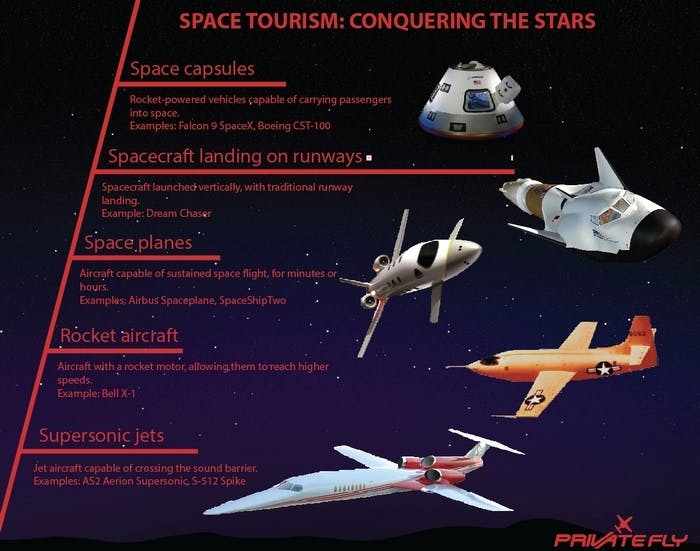
Some big name projects have already put their launch dates back several times, due to unforseen problems (notably the tragic Virgin Galactic crash in 2014). But whenever it actually arrives, there’s no doubt that private space travel is by no means light years away.
Here are some of the projects currently in development, and when they may become a reality.
Supersonic jets
While not technically spacecraft, supersonic jets are pushing the barriers of altitude and speed in private passenger flight. Since the demise of Concorde, a number of supersonic concept projects have been implemented. The most credible are certainly AS2 Aerion Supersonic and the S-512 Spike Aerospace.
These jets promise comfort and speed to passengers, but manufacturers are still working on the environmental challenges of pollution and noise.
Read more: When will supersonic jets be a commercial reality?
Ready to launch? The latest announcements from Aerion Supersonic give the AS2 a forecast entry-into-service date of 2023. Similarly latest comments from Spike Aerospace talk about a launch date ‘in the 2020s’.
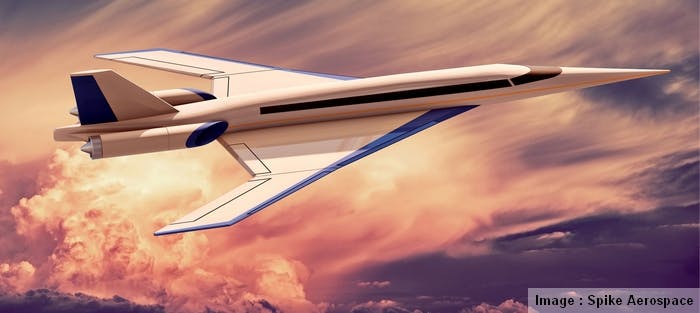
Rocket-powered aircraft
Supersonic aircraft can generate even greater speed, if equipped with a rocket engine.
This is not a new idea. The Bell X-1 was the first aircraft to cross the sound barrier in October 14, 1947, flown by Chuck Yeager. And it did so using a rocket engine for its propulsion.
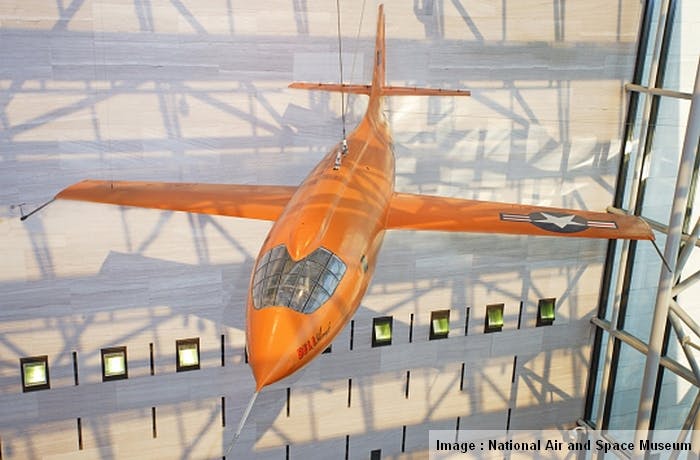
And now it seems Airbus are working on a rocket plane concept for passenger transport. In July 2015, the company filed a patent for a hydrogen-fuelled, rocket aircraft, capable of reaching a speed of Mach 4.5 (verging on hypersonic – which is Mach 5, ie 5 times the speed of sound).
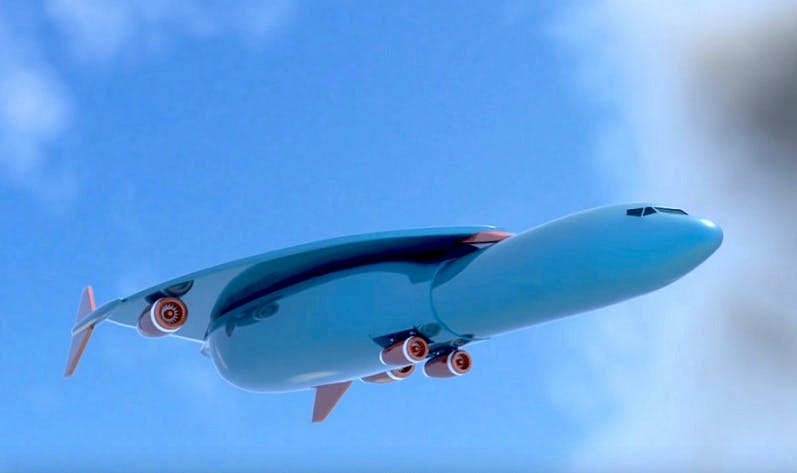
This would make it capable of flying from London to New York in just one hour, flying almost vertically to reduce the sonic boom. Read more: What is a sonic boom?
Ready to launch? With the patent application only just submitted, this aircraft is at the very early stages of R&D. Chances are it may never make it to launch, or be overtaken by a new concept.
Space planes
Space planes are sightseeing concept aircraft that resemble a business jet in size and shape, and are capable of using a classic runway for take off and landing.
The best known is Virgin Galactic’s SpaceShipTwo, which is designed to take off, carried by a mother ship carrier (known as WhiteKnightTwo) before launching off into the upper atmosphere, then gliding back, ready for a traditional runway landing. The total flight time in expected to be 2.5 hours, with a few minutes of that being spent in space.
Airbus also have a space plane concept in the testing stages of its development, the Airbus Defence and Space Spaceplane (previously known as EADS Astrium), with a mock up on display at Musée de l’Air et de l’Espace in Paris. This concept does not rely on a mother ship, but switches from a classic jet engine after a traditional take-off, to a methane oxygen rocket engine for the vertical phase of the flight.
A similar price of $200,000 – $250,000 has been talked about for both concepts, with ticket holders already booked and waiting for SpaceShipTwo.
Ready to launch? Following its tragic crash in October 2014, Virgin Galactic’s program schedule is now uncertain. And Airbus is still waiting for further financial backing to take its Spaceplane to the next stage. It has said it would aim to launch within 7 years of successful fundraising.
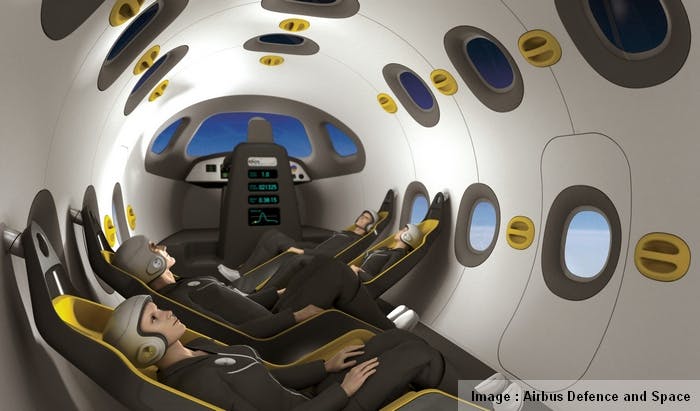
Spacecraft landing on runways
The Dream Chaser is a spacecraft concept, for up to 7 passengers, and designed for longer duration and distance orbital and suborbital flights.
It’s designed to take off vertically, powered by a rocket such as the US Atlas V launcher or European Ariane 5. But unlike space capsules, it can land horizontally on a runway and is closer in shape to a traditional aircraft than a conventional space capsule.
This vehicle can fly 210 days independently and is designed to reach the international space station and return to Earth. Several partnerships with ESA (European Space Agency) and NASA have been announced.
Ready to launch? An unmanned free-flight to test the vehicle’s low-atmosphere control and landing capabilities is planned for spring 2017, in California. It is hoped that astronaut flights will follow, with tourism flights still just a future concept at this stage.
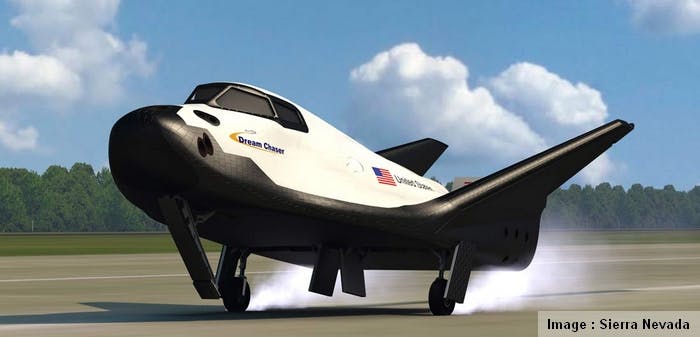
Space capsules
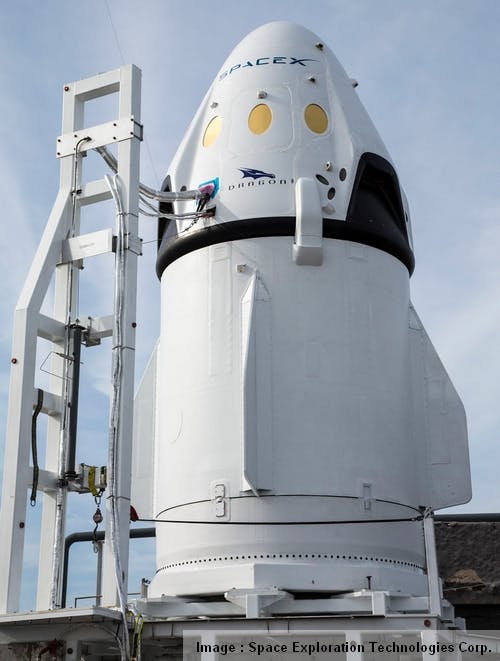
Space capsules are the most tried and tested passenger spacecraft and have been used in most of the manned space programs to date. And while these flights are not yet available to any would-be space tourist, a handful of high profile private individuals have already made a trip into space, after undertaking considerable astronaut training.
Most recently, in 2009, the CEO of Cirque du Soleil, Guy Laliberté travelled in space for 11 days, in a space capsule. He was raising awareness on environmental problems on Earth, including water shortages due to human activity. This flight would have cost $40 million.
Current leaders in space capsule design include the Dragon capsule of the transport rocket SpaceX Falcon 9 (not to be confused with the Dassault Falcon family). The rocket can flown unmanned to the International Space Station, with the capsule able to carry up to seven passengers.
Boeing has also entered the race for space tourism by embarking on the construction of the CST-100 Starliner, a capsule craft that can be powered by the US Atlas V launcher.
Ready to launch? The company Space Adventures has already flown 8 private citizens to space, including Guy Laliberté. Rival SpaceX announced in February 2017 that they would be sending two paying passengers into space in 2018.
If you are looking for a private charter flight a little closer to earth, contact our Flight Team (24 hours) for advice and pricing on +44 1747 642 777.
Related content



